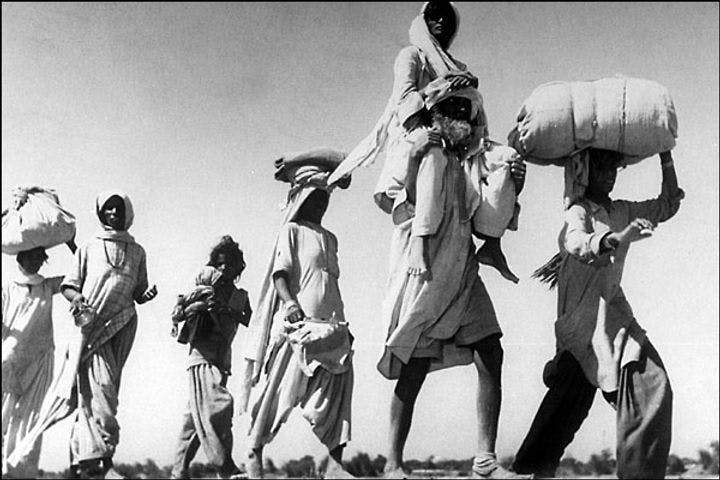Fall 2009
No One Died in Malerkotla
– The Wilson Quarterly
Shared devotion to the saint Haider Shaikh by Muslims, Hindus, and Sikhs, played an important role in protecting the city of Malerkotla from the religious violence that killed an estimated 500,000 people when India was partitioned in 1947.
An elaborate tomb honoring a 15th-century Sufi Muslim saint has attained rare religious status in India: It draws worshipers from the Muslim, Hindu, and Sikh faiths. Anna Bigelow, a professor of philosophy and religion at North Carolina State University, writes that shared devotion to the saint, Haider Shaikh, played an important role in protecting the city of Malerkotla from the religious violence that killed an estimated 500,000 people when India was partitioned in 1947.
Nobody died in Malerkotla when the Punjab region was split between the new state of Pakistan and India. As roughly seven million Muslims moved west into Pakistan and eight million Hindus and Sikhs moved east into India, the Muslim-majority city was inundated by 200,000 refugees. Malerkotla’s Muslims, soon to be a tiny minority in the Indian state of Punjab, stayed put, and remain today as a majority in the city. Food ran low and tensions high, but no violence occurred, although thousands of Muslims and Hindus were gruesomely murdered in other regions.
Today, the story of “peace at partition” has taken root as the city’s “civic identity,” writes Bigelow. A central pillar of this idealized “zone of peace” is the story of Haider Shaikh. The saint is honored for founding the city and performing miracles. His descendant, Nawab Sher Muhammad Khan, brought more good fortune to Malerkotla through his actions in the early 1700s. In one of the innumerable battles fought for nearly a century between Islamic and Sikh forces, Khan—who was on the winning side—vociferously objected to the execution of the vanquished Sikh guru’s two youngest sons, who had been sealed alive into a wall at a construction project. The nawab argued in vain that it violated Islamic law and the Qur’an to execute the boys in such a cruel way. Khan’s protest on behalf of devotees of an opposing religion is an important feature of Sikh and Punjabi history, symbolizing the possibility of “rising above sectarian divisions to stand for justice,” according to Bigelow.
At the saint’s shrine today, Muslims, arrayed on the left with their backs to Mecca, pray through the saint to God. At the foot of the tomb and elsewhere, Sikhs and Hindus pray directly to the saint. Offerings are made, and disciples are “possessed” by Haider Shaikh’s spirit, going into trances, rolling their heads, then answering questions from followers about their personal concerns—job-related issues, health problems, or the conceiving of children. Remedies often include prayer, offerings to the saint through his descendants, or abstinence from meat or alcohol.
Pilgrims to the shrine insist that the reason they come to this particular tomb—where the vast majority of the disciples of the Muslim saint are Hindus and Sikhs—is precisely because of its religious universality. Haider Shaikh, Bigelow found, is “our shared saint.”
* * *
The Source: "Saved by the Saint: Refusing and Reversing Partition in Muslim North India" by Anna Bigelow, in The Journal of Asian Studies, May 2009.
Photo Credit: "Old Sikh Man Carrying His Wife" via Wikipedia.
